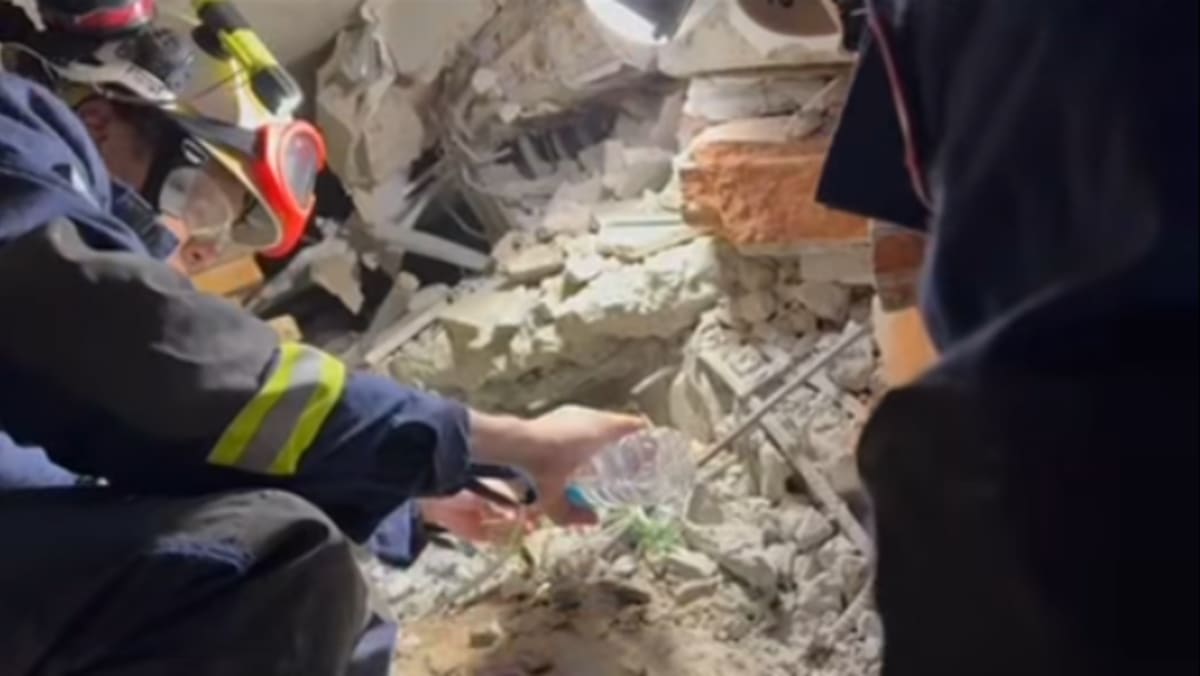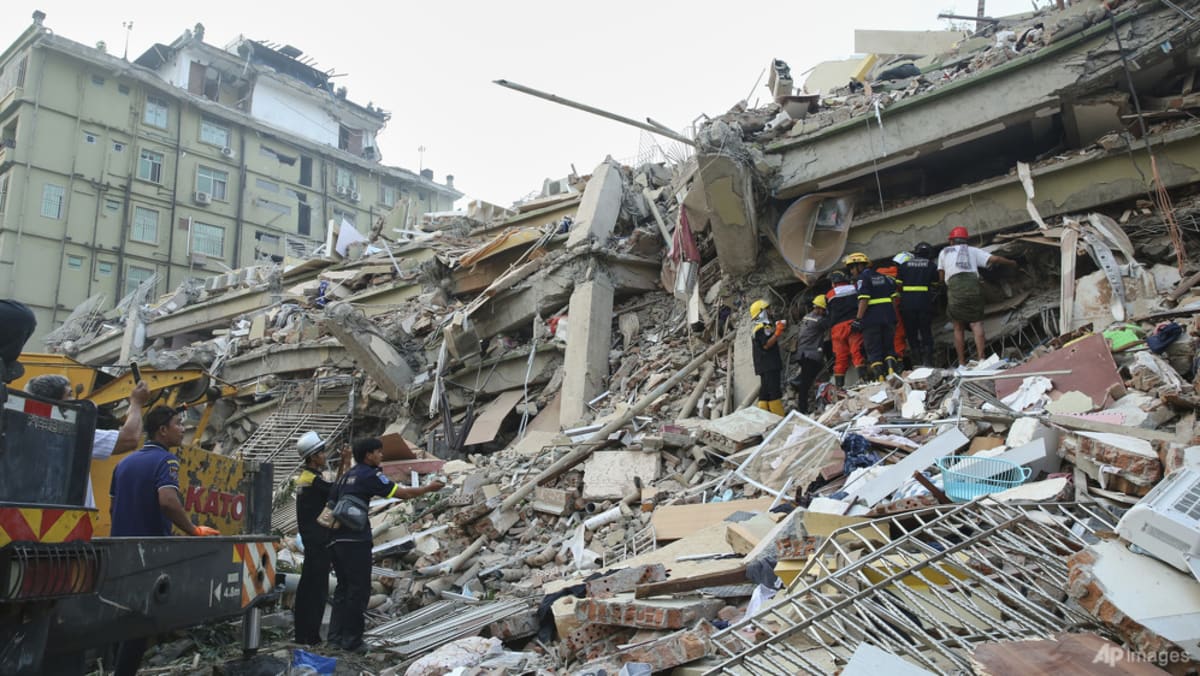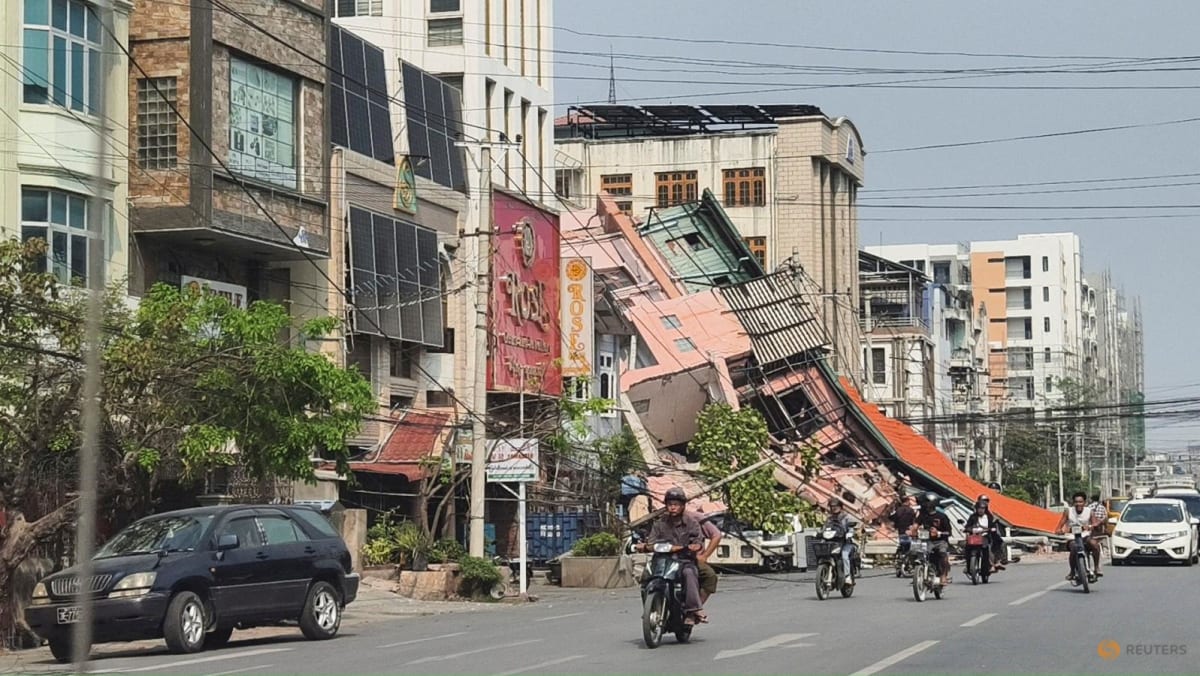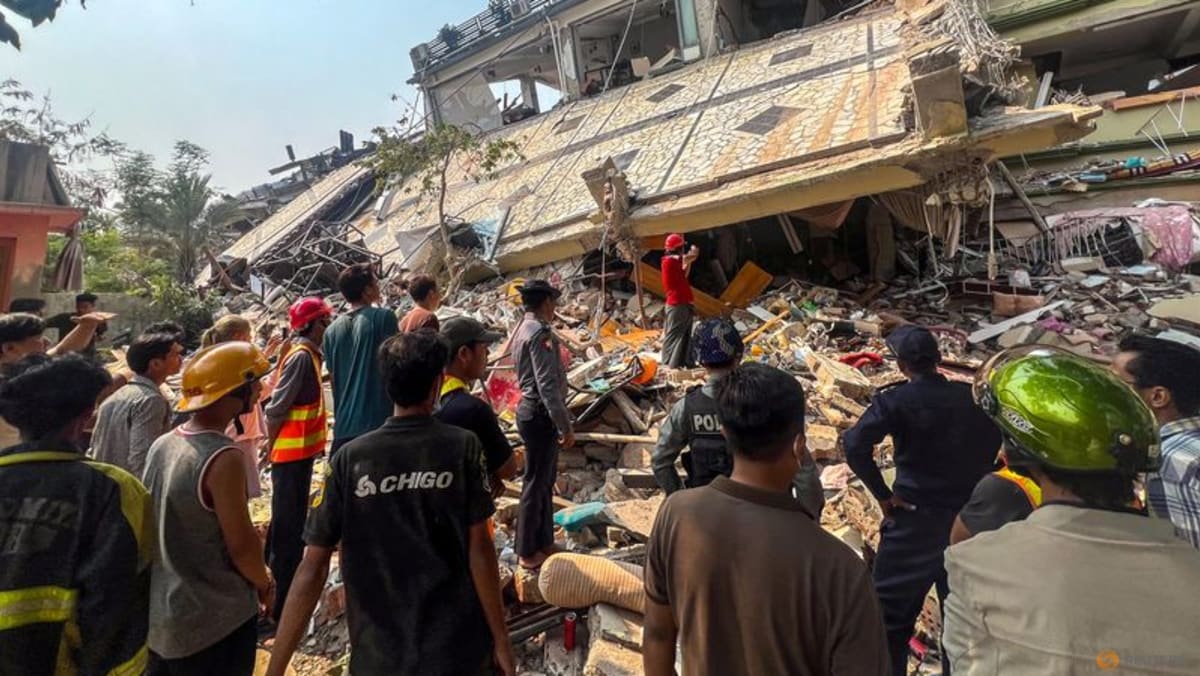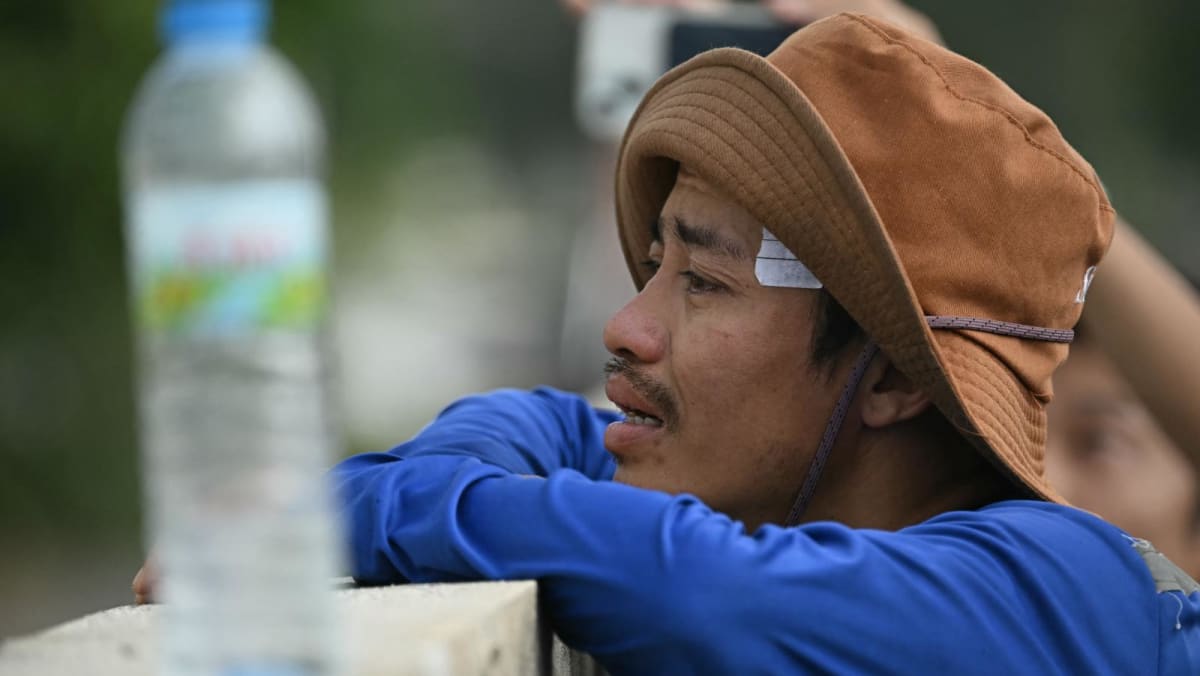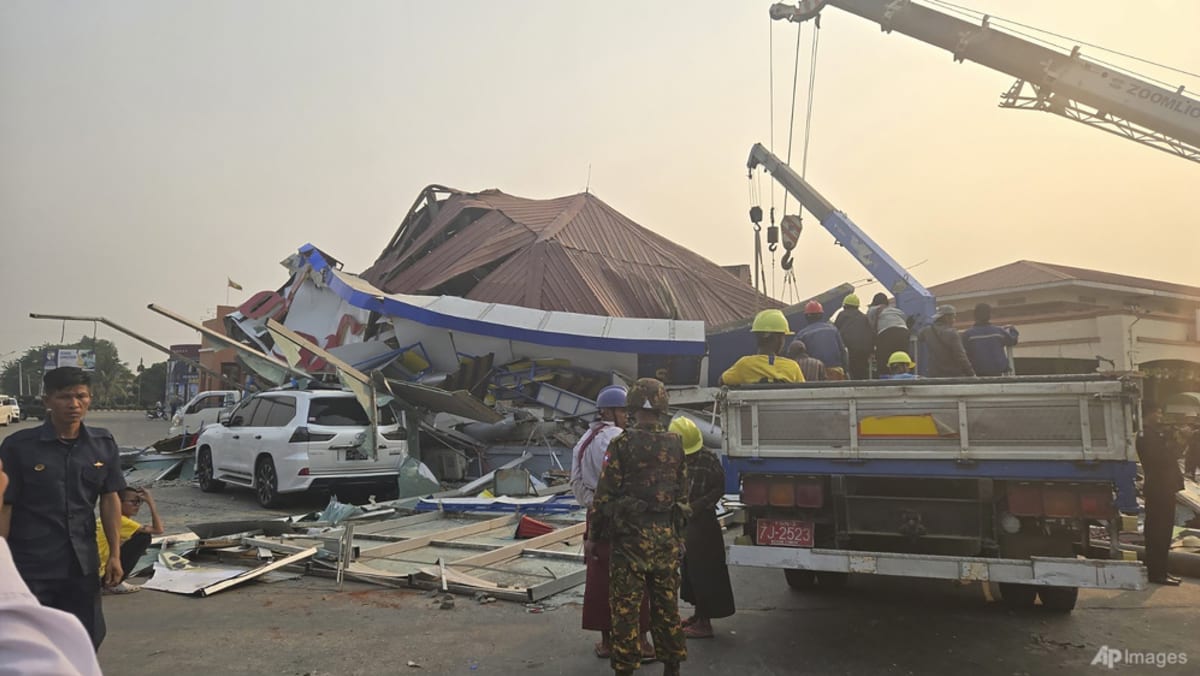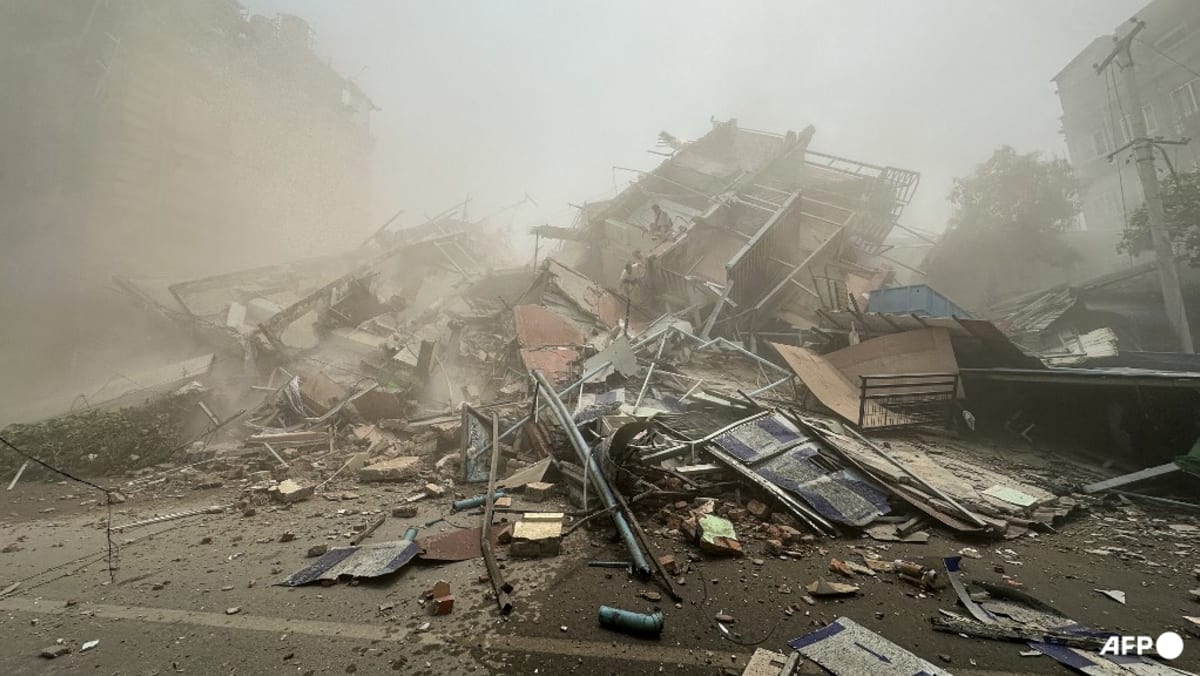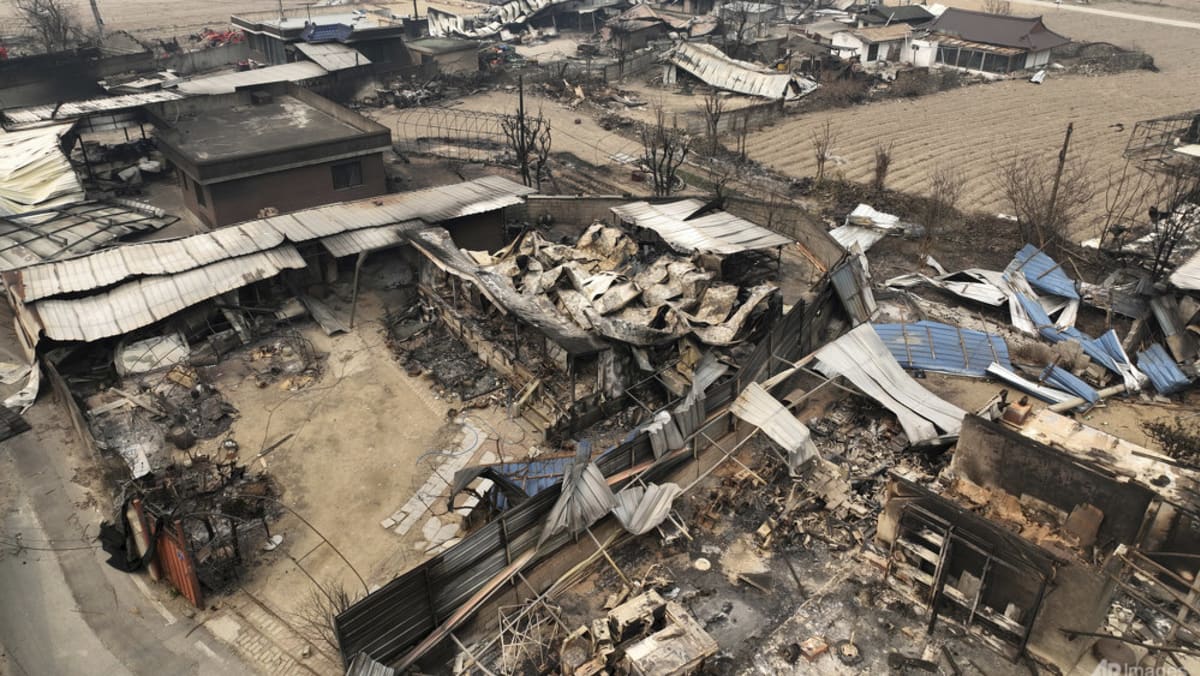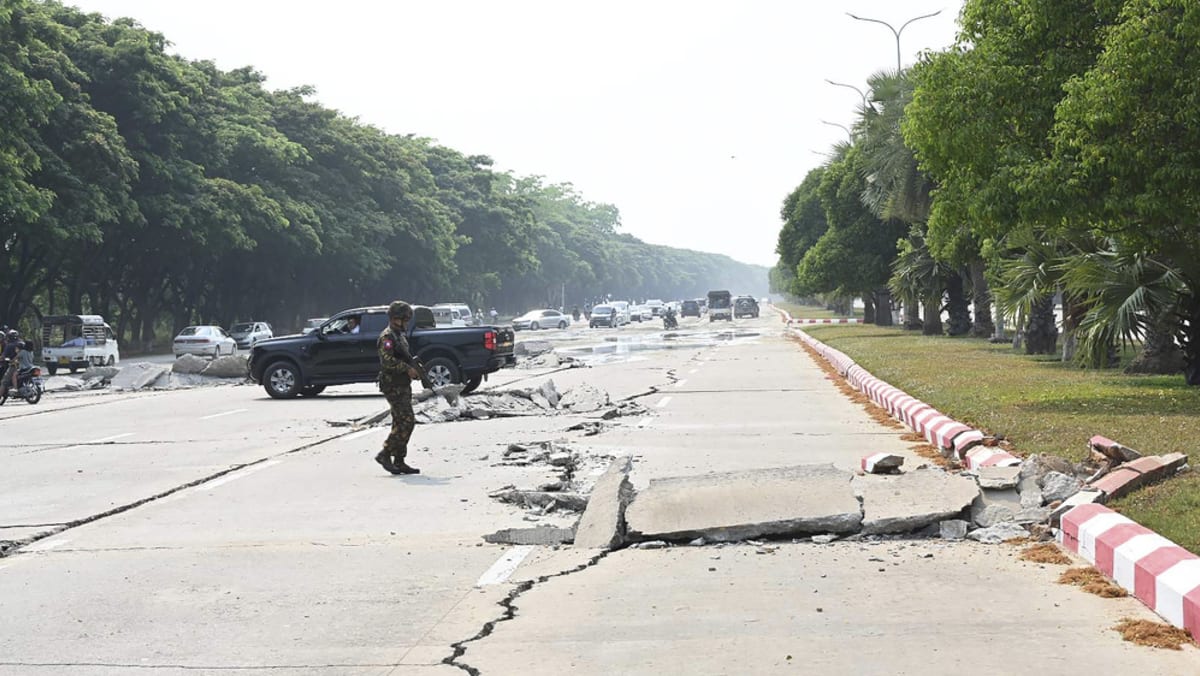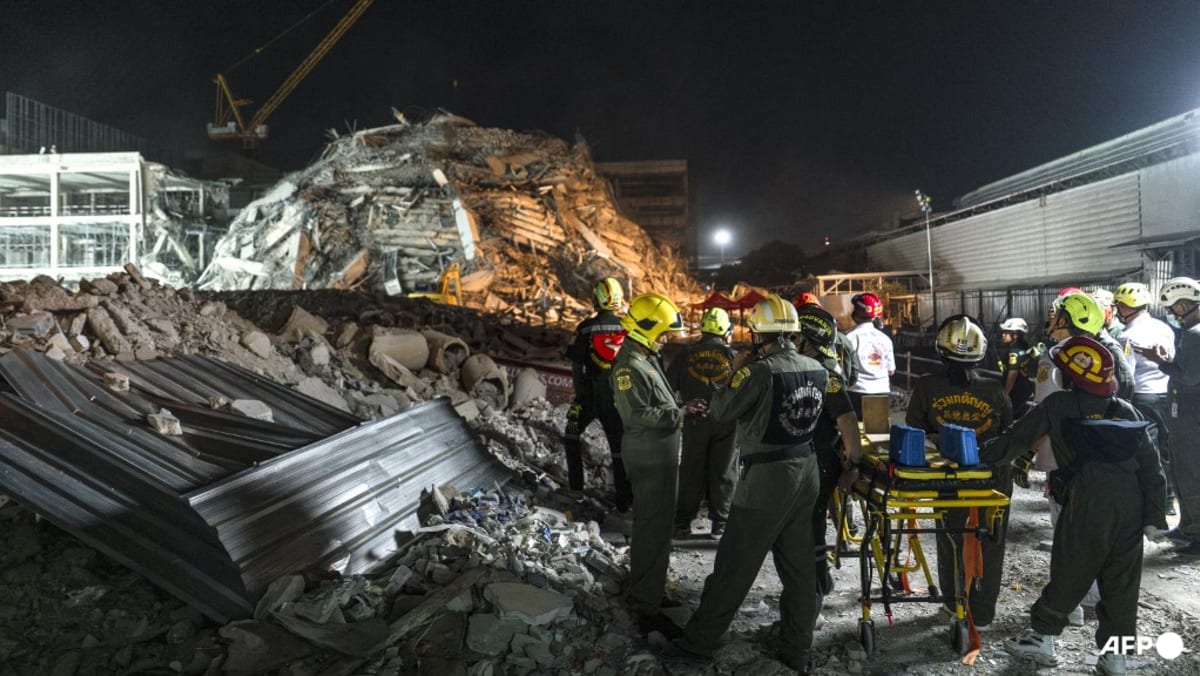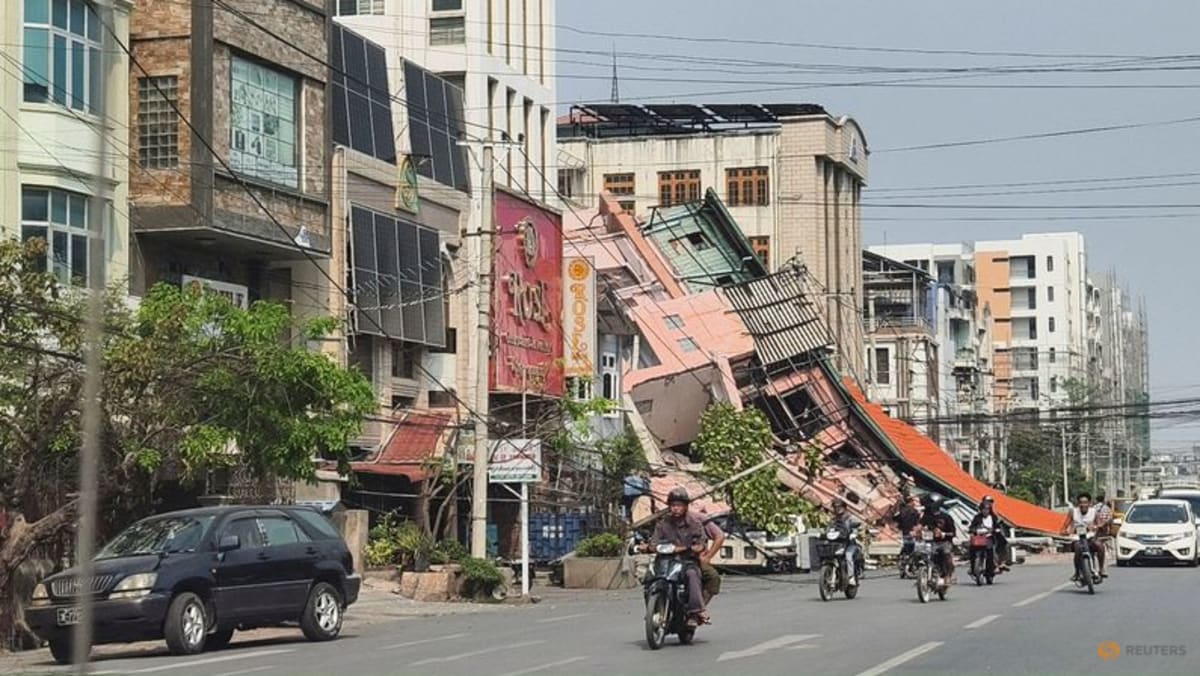Inefficient air-cons are being dumped in Southeast Asia. That’s costly for consumers and the climate
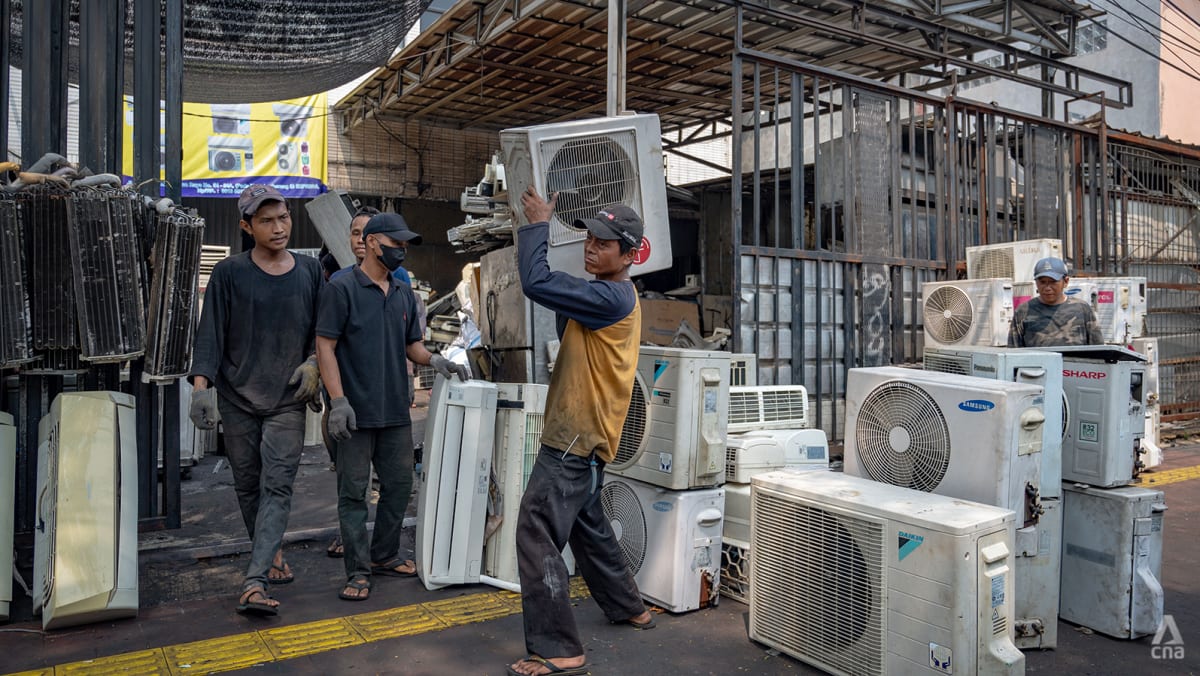
WHAT IS A DUMPED AIR CONDITIONER?
Dumped air-cons refer to those produced by various brands that do not meet the minimum energy performance standards (MEPS) in the brands’ own domestic markets. They end up being exported to places with less stringent standards.
In its study published in September, CLASP examined the sale of inefficient room air-cons in Indonesia, Malaysia, the Philippines, Singapore, Thailand and Vietnam.
It found that out of 8.3 million units sold in the six countries in 2021, nearly three in four, or 6.2 million units, were of low-efficiency.
Indonesia and the Philippines were the most exposed to dated technology, with 97 per cent and 78 per cent of room air-cons sold in the two countries respectively deemed inefficient. The figure in Malaysia, Thailand and Vietnam was around 60 per cent.
In Singapore, 21 per cent of total sales were low-efficiency models.
“Indonesia’s market is the least efficient out of the six countries in the region,” concluded Ms Lina Kelpsaite, CLASP’s manager from the climate team based in Washington, DC.
The study did not examine the cause of this in detail, but Ms Kelpsaite said there could be demand for less expensive air-cons, which tend to be less energy efficient.
“Indonesia is vast, with different purchasing power (among its people),” explained Mdm Nanik Rahmawati, CLASP’s Indonesian programme manager.
The MEPS in the manufacturing countries tend to be higher than in Indonesia, so some air-cons may qualify to be sold in Indonesia, she added.
In 2017, the Indonesian Ministry of Energy and Mineral Resources issued a regulation requiring domestic producers and air-con importers to include an energy-saving mark.
The label ranges from one to four stars, with the latter indicating the highest level of energy efficiency.
Source: CNA


